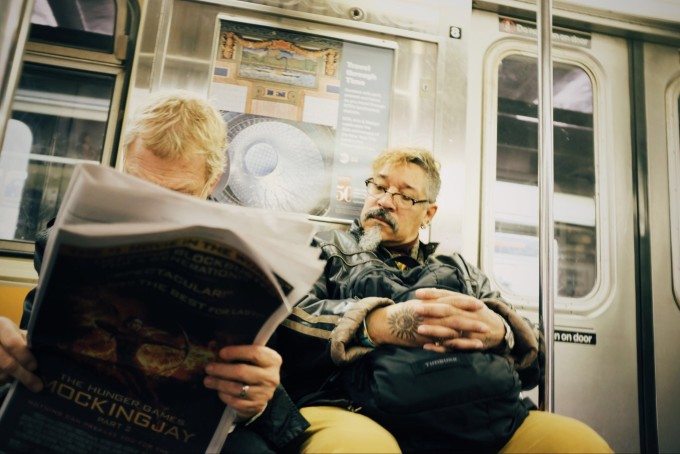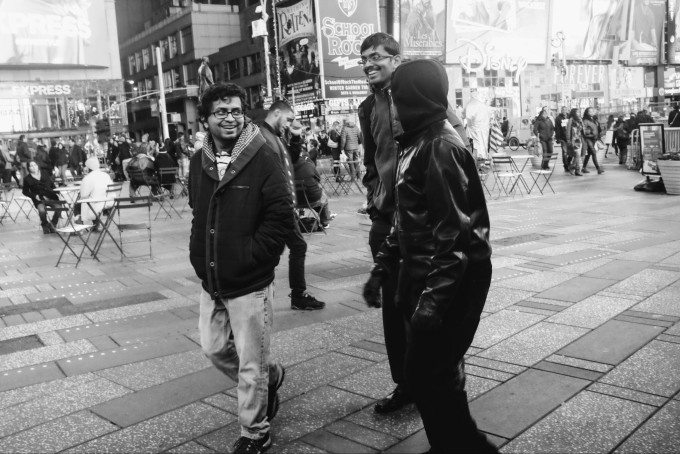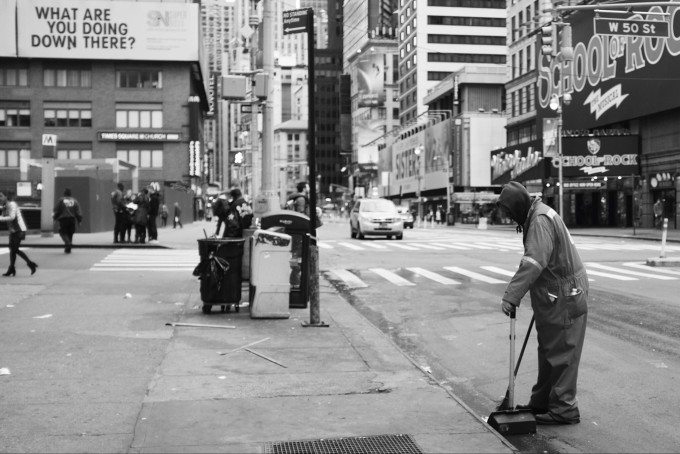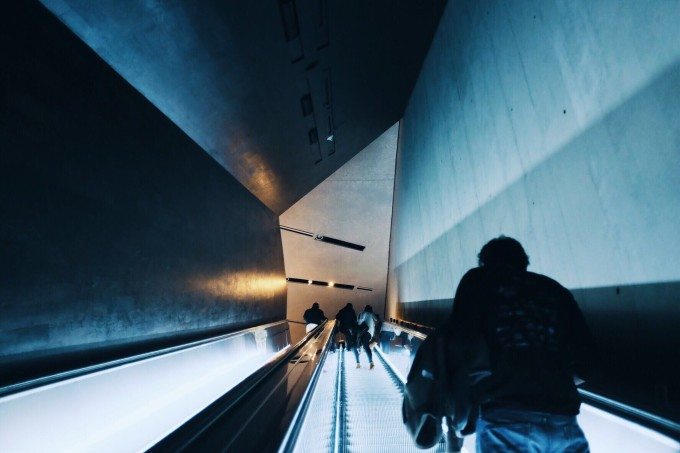
All images by Grant Hodgeon. Used with permission.
Photographer Grant Hodgeon is a Digital Imaging tech who recently decided to ditch the laptop when it came to editing and publishing a photo essay. Instead of editing on a laptop in Lightroom, he used his Fujifilm X100T to upload the images to his iPad Pro, edit in VSCO and publish to Storehouse. The images were from his vacation in New York.
Grant attributes part of his compositional and creative skills to looking at the images of other people every day.
Phoblographer: Talk to us about how you got into photography.
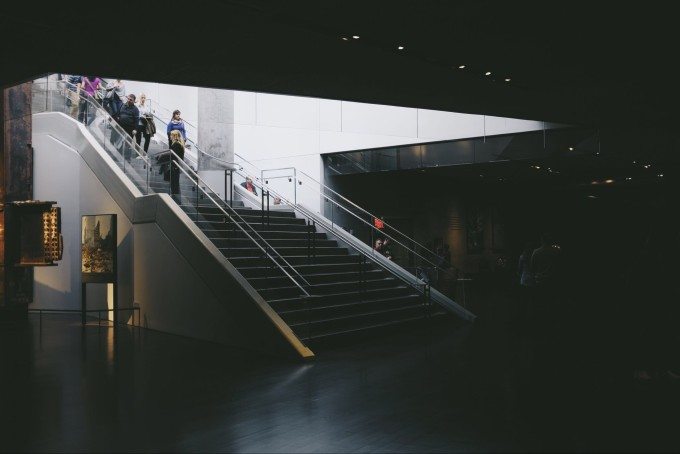
Grant: To be honest, I failed at everything academically and it seemed the only thing I was good at, was observation. I couldn’t draw, nor had the inclination to learn and I’d always been fascinated with the process since my uncle showed me his makeshift darkroom in his kitchen. My parents were astounding enough to take the leap and let me get a camera at an age that I think really helped shape me for years to come.
Phoblographer: What do you think about the idea that it’s so incredibly simple for a photographer to shoot and upload images to the web to tell stories vs needing to actually edit on a laptop?
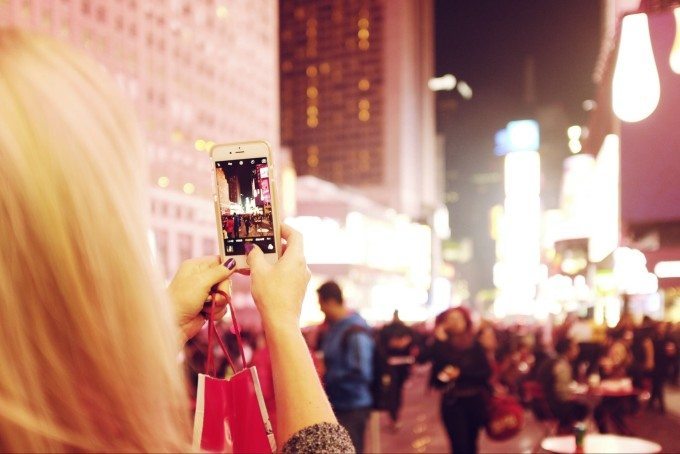
Grant: I wouldn’t quite call it simple yet. There’s a few hoops to jump through and regarding a suitable/usable workflow there’s many improvements to be made. I used an app/web service called Storehouse for this as I knew it was one of the few offerings available to make this easier. Sadly it has some key issues that turn what could, and should be a very quick process with touch into something quite laborious. Even down to moving the images in order.
The fact this was even technically possible, though, is a testament to where we’re headed.
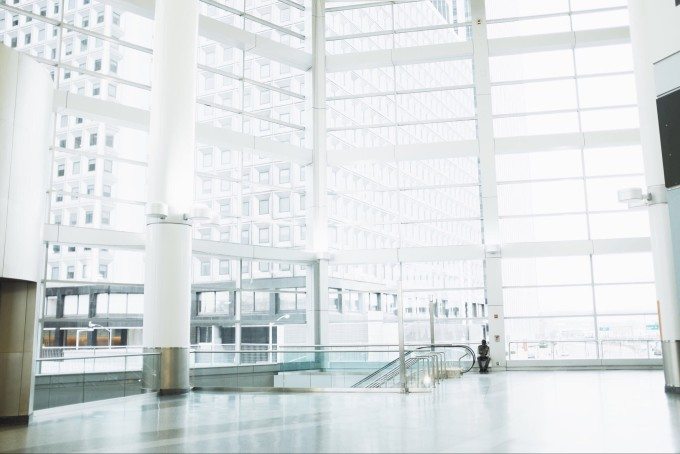
Phoblographer: How was this experience for you vs the more traditional use of a laptop?
Grant: There are two aspects to image editing for me. Color Correction and Retouching. There’s just no way that the apps available currently can truly retouch to the level that I’d like but they are very fluid and easy to use when it comes to coloring/corrections/perspective control. The tactile nature of using your finger on the screen just seems so much more fluid, accurate and most importantly, fun!
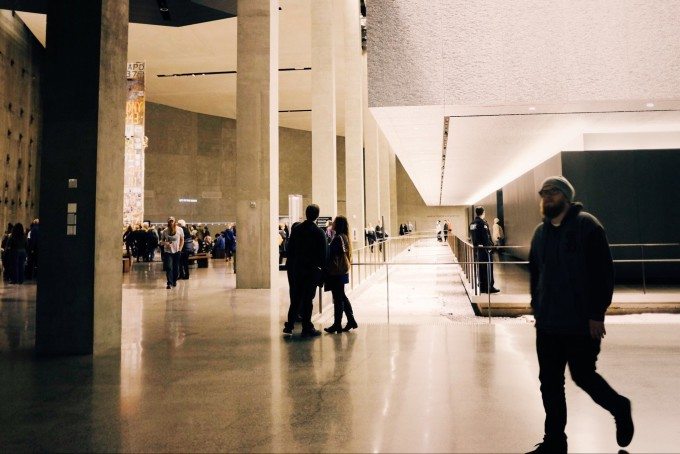
However, the editorial side of things still has a long way to go. Being able to add images over text, move images around quickly and easily, plus dealing with crops and grid layouts… The apps currently available just aren’t there yet. Apps need to use the bigger screen of the iPad Pro more and there needs to be a surge for RAW support and colour support. Shooting in Adobe RGB for example will give you hiccups when working in VSCO.
Phoblographer: What is your favorite subject matter to shoot, and why?
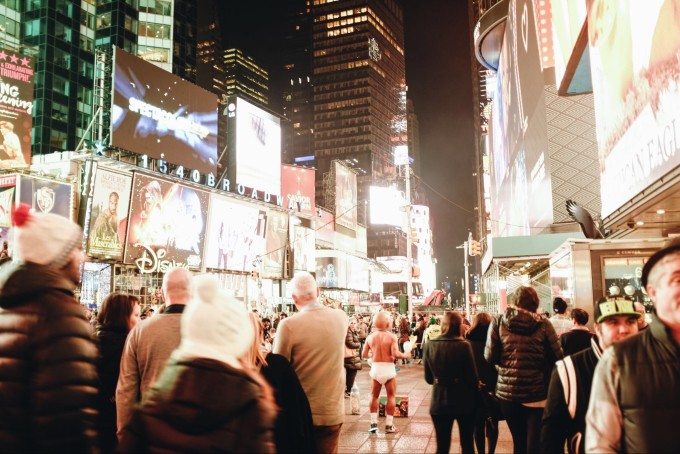
Grant: I love studio portraits. I adore the juxtaposition of working one on one with a model whilst you’re collaborating with a cacophony of people all around. It requires focus and an ability to ‘switch off’ the noise and I enjoy that challenge, it seems to help when I’m taking snapshots on the street. Otherwise I’m too self conscious. It’s something I still battle with and it’s plainly obvious in my work.
Phoblographer: For a day job, you’re a Digital Imaging Tech who looks at images from other people often. Walk us through a typical day for you.
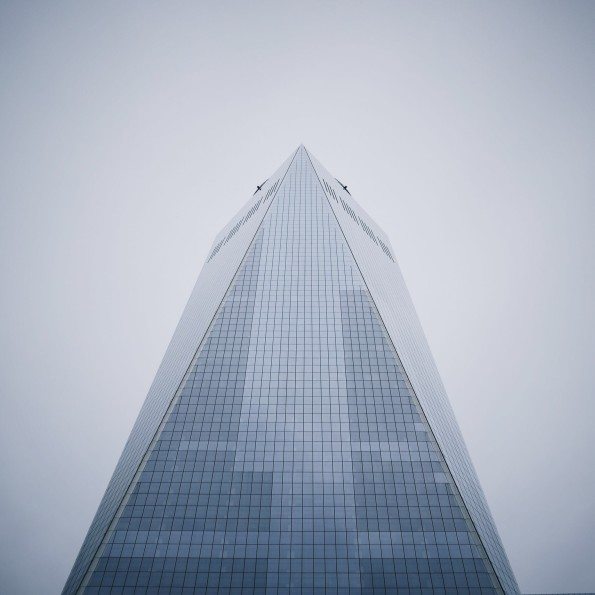
Grant: A typical day is usually spent collaborating with the photographer and often with other aspects of the production to make sure the imagery that’s coming in, is not only ticking all the right boxes in terms of wardrobe, lighting, camera and model, but also working to incorporate efficient workflows to get the files to all the respective locations by end of shoot. The time I spend on set making sure everything is organised, labelled, archived, processed and delivered ensures a quicker and easier post production. From catching the things that might appear wrong in the image, to ensuring I have all the right equipment to ensure a quick and painless production. I spend a majority of my time trying to improve workflows, optimizing shoot time, communicating with the respective departments to ensure nothing is missed or wrong and quite often relaying client feedback to the photographer. Whilst they’re on set I’m typically stood with most of the creatives from the agencies and crew and I get to hear any qualms or issues that may need to be relayed to the photographer. Even if it’s as simple as they want coffee, I’ll be sure to text the producer and let them know the client made a quick comment about that.
My goal outside of my immediate job roles is to be the eyes and ears at the center of the production when everyone else is off running around doing their thing. It’s a great skill to have and one that I think has become quite an asset to my reputation.
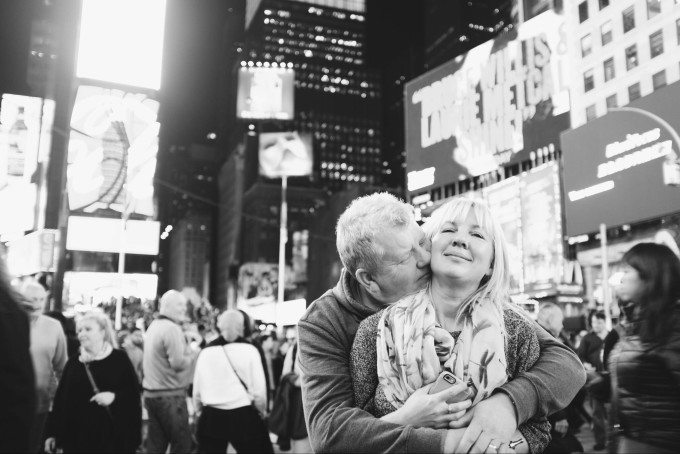
Phoblographer: How do you feel that absorbing all that content has helped to shape your own creative vision when it comes to crafting your own imagery?
Grant: I think it contributes just as much as my music, or my gallery visits, or my walks with my dog. Everything is an influence, you just have to recognise it as such and be conscious. That way you can deliniate what exactly about that particular thing you enjoy is influencing you. Why? Is it the textures? the patterns? the symmetry? the beat? I overthink everything and analyse almost to a detriment. I haven’t ‘gotten lost in a movie’ in a long time!
Phoblographer: With all this said, do you feel that you’ve got a better eye for editing or shooting?
Grant: I feel like every single day I should have a better eye for editing, or shooting. But yes my job in particular has given me a fantastic skill in editing. I use it to my advantage very heavily when I work for festivals.
